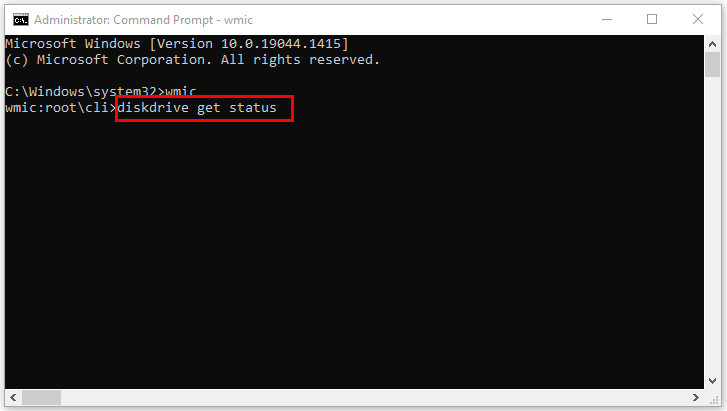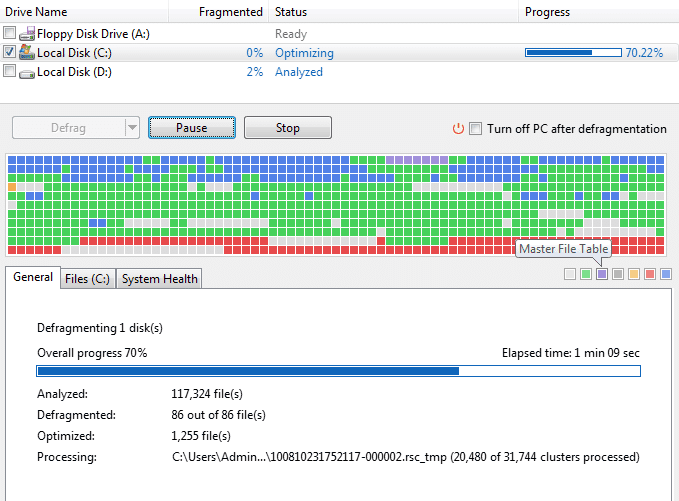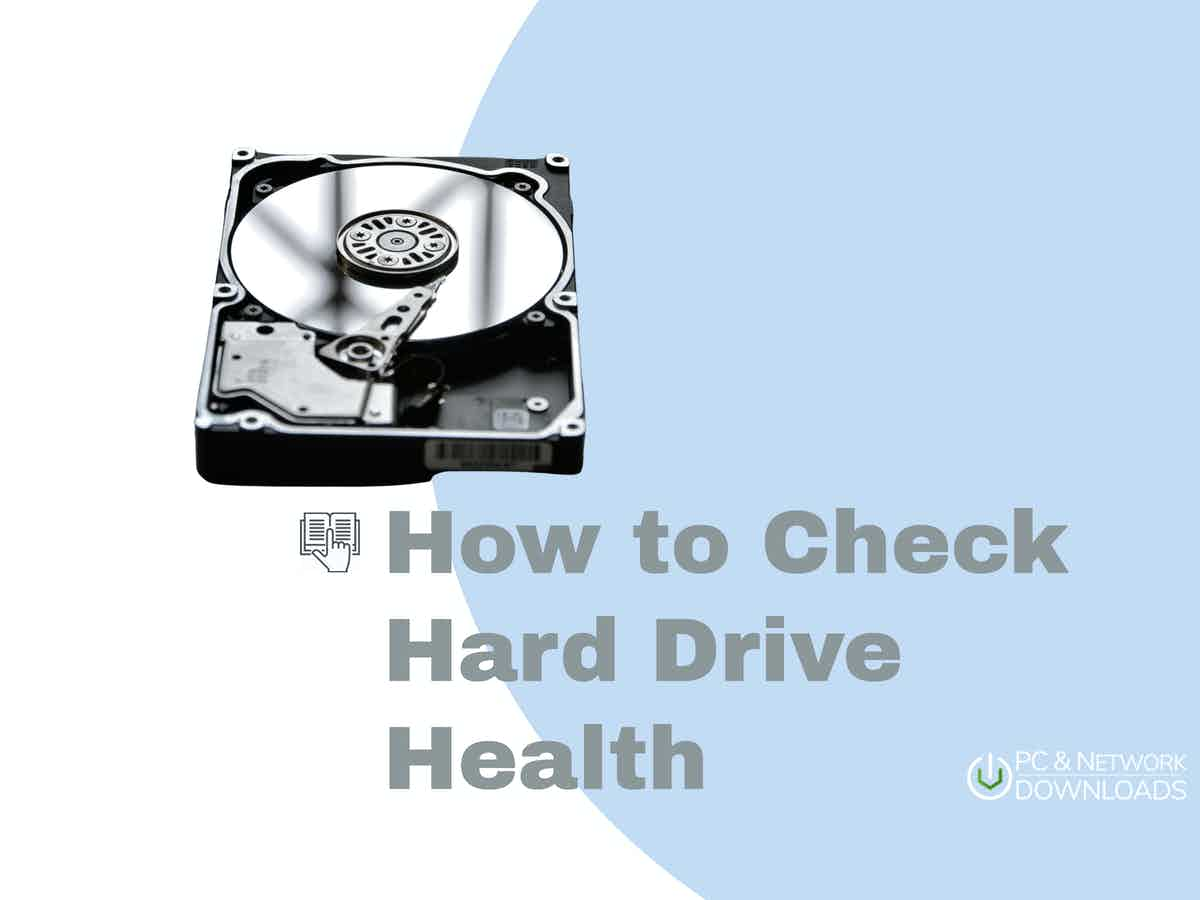Can’t-Miss Takeaways Of Tips About How To Check Hard Drive Health

Firstly, go to the start menu and launch command prompt on your system.
How to check hard drive health. Now click on run as administrator. You can always check your computer manufacturer’s website for details or contact their support team. Check the hard drive with the command cmd.
It checks for the health of your hard drive by highlighting any errors. You can monitor the health and performance of your hard drive for free from most major hard drive manufacturers. See an estimate of how much longer it will be before your hard drives fail, how many hours your hard drive has been used in its lifetime, get some of your ha.
Check hard disk health from the bios. Once you’re at the command. And unsurprisingly, you can use this command for examining the hard drive health of your windows 11.
In order to use this for checking the health of your hard drive, follow the instructions below: Diagnostic software is available online and allows you to test the health of your hard disk. Click on info in the top right.
As for how to use wmic. As long as you’re using a relatively modern motherboard, you can run hard drive. Here’s how to do it:
The software will also give you an idea of what may be causing the problem. Along refer to the article to know how to check your computer's hard drive quickly and easily! Knowing the manufacturer of your hard drive is the first step.
How to check hard drive health in windows 11/10. Another simple way to check your disk is. Press the windows + r keyboard.
Up to 24% cash back you can use chkdsk, scandisk, minitool partition wizard or wmic command to check the health of usb hard drive. Type “ hp support assistant” in the search field of your start menu and click it to open. Press window + r keys simultaneously to open run dialog box.
Alternatively, you can open the run prompt and enter the cmd command. In start search type performance monitor and click on performance monitor. If your pc’s hard disk drive isn’t too old, chances are that it already comes with self.
Expand the data collector sets. Find your disk in the list on the left side (if you have multiple disks), and click on it. Open the start menu and search for command prompt and right click the first option.


















